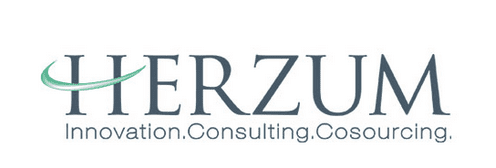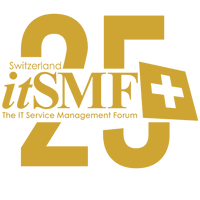Reading time: ~ 4 min.

Introduction
The global economic landscape is increasingly marked by strategic competition that goes beyond simple trade rivalry. Tariffs, technological restrictions, and conflicting regulations are testing supply chains and companies’ operating models.
In this complex scenario, European businesses, including Swiss firms, must balance two opposing needs: maintaining historical ties with the United States while pursuing greater strategic autonomy.
US pressure: tariffs and technological influence
The economic and political alliance between Europe and the United States has long been a cornerstone. However, in recent years, protectionist policies have strained this relationship.
The U.S. has imposed tariffs not only to protect its industries but also as a geopolitical lever, creating uncertainty for companies operating across the Atlantic. This pressure also extends to the tech sector, where U.S. regulations exert significant control, often at the expense of European interests.
The European response: the «Latombe's case» as a sign of change
In response to these dynamics, Europe is seeking to assert its strategic independence.
A significant example is the initiative of French MEP Philippe Latombe, who questioned the legitimacy of data transfers to the United States by criticizing the Data Privacy Framework (DPF). This move is not just a technical dispute but a strong political signal reflecting the will to strengthen European digital sovereignty.
Latombe’s position highlights growing dissatisfaction with agreements that fail to adequately protect European data from external interference, despite regulations such as LPD/GDPR.
Companies at the centre of tension: a delicate balance
In this clash between geopolitical blocs, companies find themselves in a vulnerable position.
On the one hand, they must comply with strict European regulations, risking sanctions in the event of violations. On the other hand, they are heavily dependent on American technologies and services, such as cloud providers and essential software.
This creates a dilemma: adopt alternative solutions to comply with regulations, often at higher costs, or maintain existing dependencies, exposing themselves to legal and operational risks.
The most at-risk sectors and strategies for the future
The most vulnerable companies are those managing large volumes of sensitive data belonging to European citizens or relying on U.S. technological infrastructures. For these businesses, the challenge is not only compliance but also operational continuity. Possible solutions focus on three main directions:
- Diversifying technological partnerships: reducing reliance on a single provider by exploring global alternatives.
- Investing in European technologies: favouring cloud and software providers based in Europe, fully compliant with local regulations such as LPD/GDPR.
- Advanced data management: implementing strategies to map and control data flows, minimizing extra-European transfers.
Strategic alignment between CEO and CIO: solutions in an uncertain context
In a landscape of extreme uncertainty, it is difficult for companies to directly influence political activities or anticipate geopolitical moves.
However, strategic alignment between CEOs and CIOs can guide concrete actions to mitigate risks. Business leaders can focus on diversifying markets and investing in EU-based digital solutions that are fully GDPR compliant. This approach not only reduces vulnerability but also strengthens operational resilience.
If the DPF were annulled in the future — a possibility that remains despite the court’s recent confirmation — there would no longer be a solid legal basis for transatlantic data transfers, leading to service disruptions, operational issues, and potential sanctions. In such a scenario, companies should prepare contingency plans, including:
- Immediate assessment of data flows: identifying and quantifying transfers to the U.S. to prioritize interventions.
- Accelerated transition to European providers: speeding up migration to EU-compliant alternatives such as sovereign clouds or hybrid solutions.
- Development of data localization strategies: implementing data residency policies to keep both sensitive and non-sensitive data within European borders.
- Training and internal governance: aligning IT teams and executives on risk protocols, with scenario-based disruption simulations.
This alignment between strategic vision (CEO) and technological implementation (CIO) transforms uncertainty into opportunity, promoting a «Europe-first» approach that balances innovation and compliance.
Conclusion: an opportunity for new European leadership
Geopolitical tensions, while creating uncertainty, may represent a unique opportunity for Europe. Current challenges push companies torethink their technological dependence and invest in a more autonomous digital ecosystem.
This shift toward greater sovereignty could foster the emergence of European leadership not only in regulation but also in technology. Companies that anticipate this trend by embracing digital sovereignty will not only protect themselves from future instability but also position themselves as key players in a new era, guided by values of autonomy and innovation.
Author: Angela Pedàlina
If you want to keep you up-to-date with the most recent news on this topic, don't forget to subscribe to our newsletter: you will get a monthly update with the most relevant and valuable content from our experts!
Our sponsors
A special thanks to our Advanced Sponsors:





